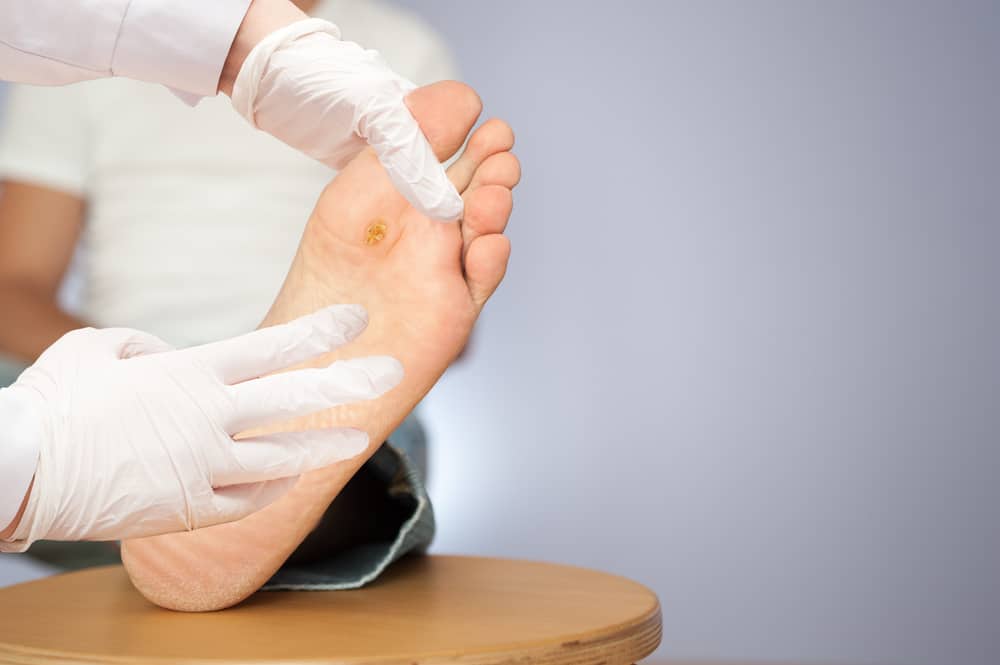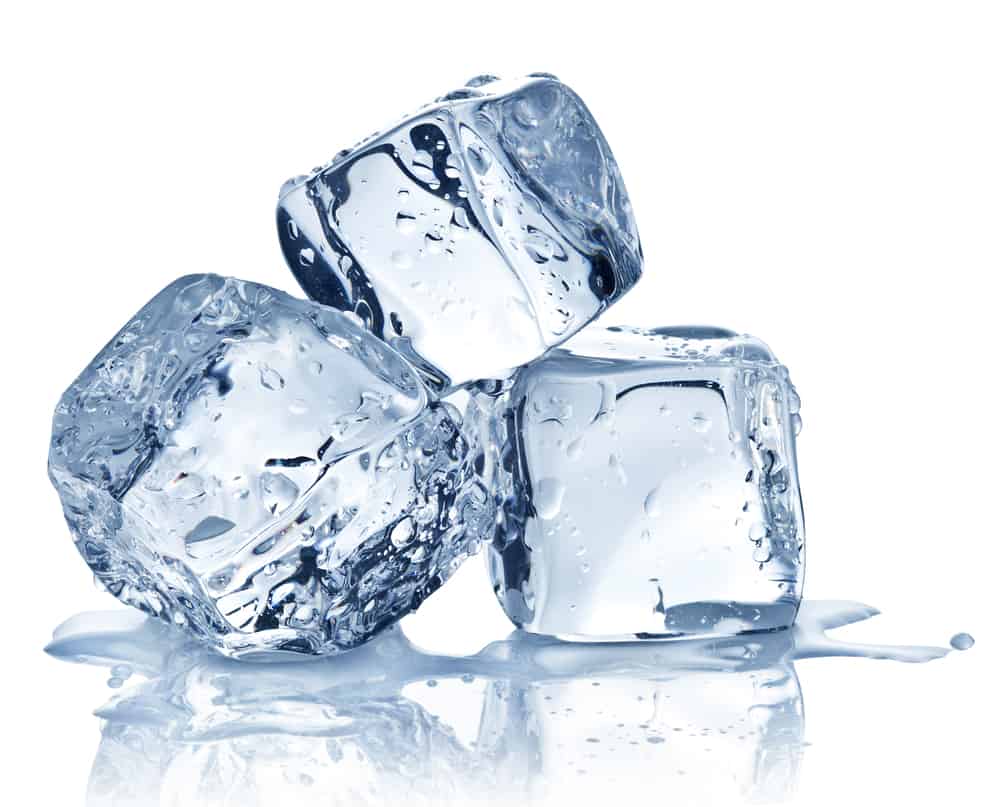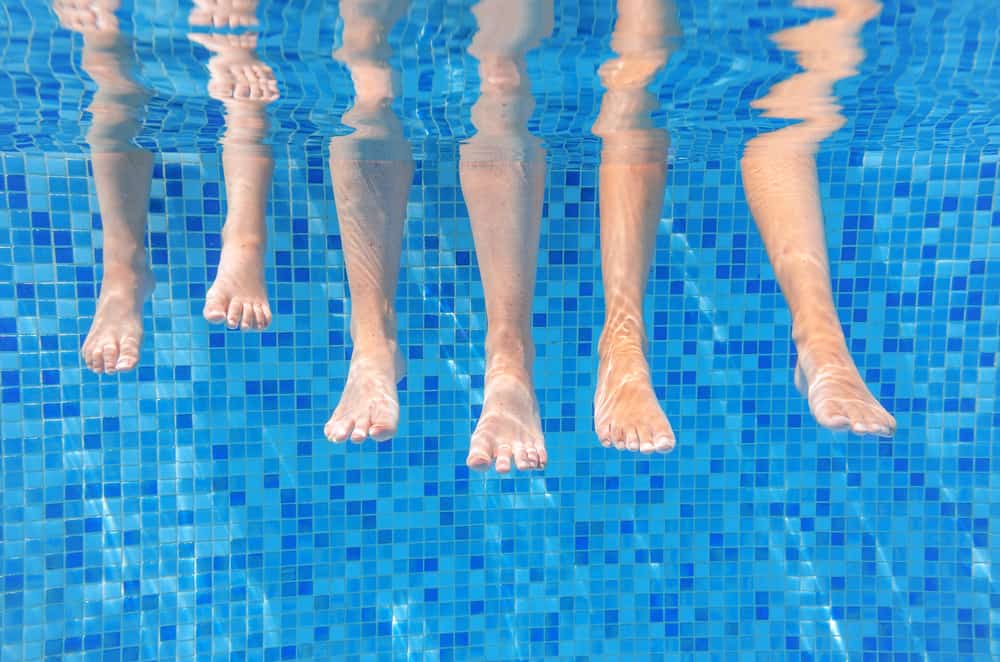Children’s Feet

For more information on the children's feet treatments that are available, please use the toggle switches below:

Verruca Pedis are caused by the Human Papilloma Virus HPV and are probably the most common condition we treat.
Highly contagious and stubborn they are not easy to deal with and flourish in damp conditions such as swimming pools, showers and bathrooms. It is sensible to treat verrucae as early as possible. Unfortunately, the old-fashioned advice ‘to leave them alone unless they hurt’ merely provides them with the chance of spreading, causing more pain, embarrassment and costs.
They may appear as rough areas of skin and fibrous in texture with a well defined border, some types have black spots inside them. Verrucae may be singular or multiple and some are very painful when they appear on weight bearing areas such as the heel or ball of the foot.
Occasionally verrucae may be very persistent and require regular treatment over a long period of time.
Differentiating between verrucae and corns can prove difficult. An experienced Podiatrist will be able to advise you and in most cases offer a diagnosis and treatment as they are specialists in this area.

The clinic offers a wide range of treatments including Low Level Laser Therapy, Cryotherapy (freezing) with two types of cryospray, Topical Chemical Treatments, which enable better penetration to the infected tissues.
A course of treatment is usually required and the podiatrist will offer advice on the best options for you.
Just Out – Swift® microwave Verruca breakthrough at Market Street Clinic

Swift® is the brand new revolutionary microwave therapy for verrucas. It’s quick and convenient with no need for acids, drugs, needles, or padding and strapping. Just state-of-the-art technology and over 20 years of experience in providing excellent verruca treatment.
Verrucas are warty growths on the foot caused by a virus, and as such are difficult to treat effectively. Contracted in communal areas, such as swimming pools and changing rooms, verrucas are contagious therefore to reduce the risk of catching them, precautions should be taken by avoiding walking around barefoot in communal areas. Verrucas are one of the most common foot complaints amongst patients in the UK, causing pain, embarrassment and irritation. Notoriously difficult to get rid of, traditional treatments can be painful, invasive and protracted, however a breakthrough has been made in the treatment of verrucas that offers a faster and more predictable outcome.
Swift® is a brand new technology, developed in the UK, which has been licensed for the general treatment of skin lesions in Podiatry and Dermatology. Swift uses microwave energy which is delivered through a special probe applied to the skin to treat the affected tissue. The infected tissue can exist several millimetres below the skin and can be difficult to treat using traditional methods resulting in untreated tissue. Using the Swift probe we can deliver a precise dose of energy deep into the affected area. Microwaves travel quickly into the tissue causing localised heating and cell destruction within a pre-determined depth resulting in seconds later the treatment is complete and the healing cascade begins immediately. Treated tissue is quickly replaced repaired and regenerated.
“Significant advantages over traditional therapies” Dr. Ivan Bristow, Southampton University
Ingrown toenails are one of the most common complaints seen by Podiatrists They are very painful, and need specialist treatment, as they cannot resolve by themselves. They can be acute, and occur due to an injury to the toe, or they can be chronic, which means the patient has had the problem for a long period of time.
It is usually the large toe which is affected, however, it can also affect the smaller toes. An Ingrown toenail is when a splinter spike or side of the nail grows Into the skin at the side of the toe. It most commonly affects teenagers and young adults, however it can affect any age group.
It’s also important to seek medical advice if you have diabetes and an ingrown toenail furthermore, having diabetes could affect how your toenail heals.
Causes :-
- Poor nail cutting
- Involuted or fan shaped nails
- Sweaty feet
- Injury
- Tight footwear socks and tights
- Fungal toe nail
- Thickened nails
Symptoms :-
- Pain, if pressure is applied to the toe
- Red and hot to the touch
- Inflammation and peeling of the skin at the end of the toe
- Build-up of fluid in the area surrounding the toe
- Overgrowth of skin called granulation tissue around the affected toe
- Bleeding
- White or yellow pus coming from the affected area
- Infection
- Unpleasant smell
Treatment :-
Treatment involves removing the offending bit of nail. In severe cases nail surgery is done under local anaesthetic which is a relatively painless procedure that removes the whole nail or only a section of it and a chemical is used to prevent that portion of the nail from re-growing thus preventing the problem ever reoccurring. Cosmetically a very effective technique. The whole procedure takes about an hour and is performed on a day care basis, meaning no overnight stays in hospital and minimum disruption to your everyday life. Normal activities can resume very soon after the operation while total healing can take between 4 – 6 weeks. Without treatment, an ingrown toenail can become infected.
Total nail avulsion may be necessary if your nail is thick and pressing into the skin surrounding your toe.
After surgery :-
After toenail surgery, your toe will be wrapped in a sterile bandage. This helps to stem any bleeding and prevent infection. Rest your foot and keep it raised for one to two days after the operation.
To help reduce the pain, you may need to take a painkiller, such as paracetamol or ibuprofen, and wear soft or open-toed shoes for the first few days after surgery.
Market Street Clinic undertakes referrals from other Chiropodist, Podiatrists, Doctors surgeries and insurance companies to perform nail surgeries.
Flat feet, Pes Planus or fallen arches is a common problem which may occur in up to 20% of adults. Pes Planus is the loss of the medial longitudinal arch of the foot. This can be flexible or rigid, resulting in flattening of the plantar surface. The condition may be congenital, developmental or acquired as a result of illness, injuries or musculoskeletal problems. Generally treatment is only needed if the condition is recent, painful, progressing, or when there is a fixed bony deformity.
Pes Planus can be part of normal development and is probably genetic. 45% of children aged 3-6 years have a flat medial longitudinal arch. Many babies are born with what appears to be ‘flat feet’ but it cannot be properly diagnosed until all the bones, muscles, ligaments and tendons have properly grown and developed. Most children develop a normal longitudinal arch by the age of 10.
Pes planus is not a serious condition and may only cause pain when children are running.
Foot arches add elasticity and flexibility to the foot and absorb shock during gait. Collapse of the medial longitudinal arch force the feet to pronate which can stress the soft tissues leading to tendinopathies and nerve entrapment. Flattened arches can also cause micro-tears in the spring ligament and plantar fascia, leading to Plantar fasciitis and heel spurs. Pes Planus may also cause bunions and metatarsalgia. Poor posture may eventually develop, which can lead to back, neck, hip and knee pain.
Causes of Pes Planus in Children :-
- Ligamentous laxity
- Obesity in children
- Neurological problems – eg, cerebral palsy, polio.
- Bony abnormalities
Causes of Pes Planus in Adults:-
- Posterioral Tibial Dysfunction
- Tear of the spring ligament
- Tibialis anterior rupture
- Chronic injuries
- Neuropathic foot caused by diabetes, polio, or other neuropathies.
- Age-related degenerative changes in foot and ankle joints:
- Rheumatoid arthritis.
- Osteoarthritis.
- Fractures.
- Bony abnormalities – eg, tarsal coalition.
- Other bony abnormalities such as rotational deformities, tibial abnormalities, fusion of tarsal bones, equinus deformity.
- Ligamentous laxity
- Footwear which limits toe movement like high heels
- Tight Achilles tendon or calf muscles may cause pes planus.
- Obesity alters gait
- Pregnancy can cause flattening of the foot arches
- Hip abductor weakness
- Knock knees
Treatment in children :-
Paediatric treatment of ‘flexible pes planus’ is controversial as the condition tends to improve with age. Few paediatric flat feet are symptomatic and therefore do not require treatment.
Customised orthoses should be reserved for:-
- Children with foot pain and arthritis.
- Unusual morphology.
- Unresponsive cases to conservative treatments.
Surgery is only indicated in children when Pes planus is symptomatic and rigid.
Treatment in adults :-
- Fixed Pes planus, surgery may be required.
- Non-steroidal anti-inflammatories.
- Orthotics Surgery.
Diagnosis is normally from clinical examination or biomechanical assessment. This evaluation provides both static and dynamic information which is then used to fabricate custom made orthotics which will stabilise the foot and improve posture and gait. If Pes planus is flexible, bilateral, painless, and is not progressing, it does not require treatment.
Severs disease is a condition that causes heel pain and affects children and young adults between the ages of 10-18. Although more common in boys as they tend to have later growth spurts it also happens to girls at an earlier age. Nearly always associated with activity particularly running and jumping. This is because it places the Achilles tendon under enormous stress causing muscle fatigue.
Causes :-
During a child’s growth spurt the soft tissues are unable to keep up with bone growth causing the muscles, tendons and ligaments at the back of the heel to become tight. In fact, the heel is one of the first bones in the body to reach full adult size. The Achilles tendon pulls the bone away from the maturing growth plate during high impact activity causing heel pain.
Symptoms :-
- Pain, swelling & redness in one or both heels
- Tightness & tenderness in the back of the heel – feels worse when squeezed.
- Heel pain increases after running or jumping and feels better after rest
- Difficulty walking
- Walking or running with a limp or on tip toes
The condition can be very disruptive to an individuals quality of life. Sever’s does not cause any long-term foot problems and symptoms can disappear after a few months.
Treatments :-
- Resting or reducing the activity until the pain improves then reintroducing the sports gradually.
- Ice packs
- Stretching exercises
- In severe cases may need a cast so that the heel is forced to rest.
- It can be effectively treated by low level laser therapy, orthotics & advise on appropriate footwear.
Prevention :-
- Supportive shoes
- Stretching exercises
- Warn against over training
- Avoid lots of running on hard surfaces
- Avoid gaining too much weight

Freiberg’s Infraction occurs when the head of the second (and sometimes the third and fourth) metatarsal bones have a loss of blood supply. Most commonly amongst children 10 – 17 years of age.
Caused by stress or injury to the foot along with sporting activities and rapid skeletal growth.
Diagnosis is normally from clinical examination or biomechanical assessment. The clinician will discuss the best course of action to relieve the pressure on the metatarsal head.
LLLT has been effective in healing the damaged tissues and orthotics may be recommended.
Children’s feet undergo many changes throughout their development. Many of these are normal and resolve spontaneously without treatment.
However growth should not be a painful process and soreness or cramping in the feet is not normal. Other problems common with children include Verrucas, in-growing toenails, fungal infections, in-toeing, out-toeing, flat feet or knock knees. There are also other conditions that are specific to children.
Screening at an early age for children with possible foot problems is important consequently this can minimise the long term effects of any foot condition.
Diagnosis is normally from clinical examination or biomechanical assessment along with discussing the best course of action to relieve the symptoms including referral to a paediatrician in some instances.
We encourage parents to have their children’s feet checked regularly to prevent long term problems from occurring later in life.